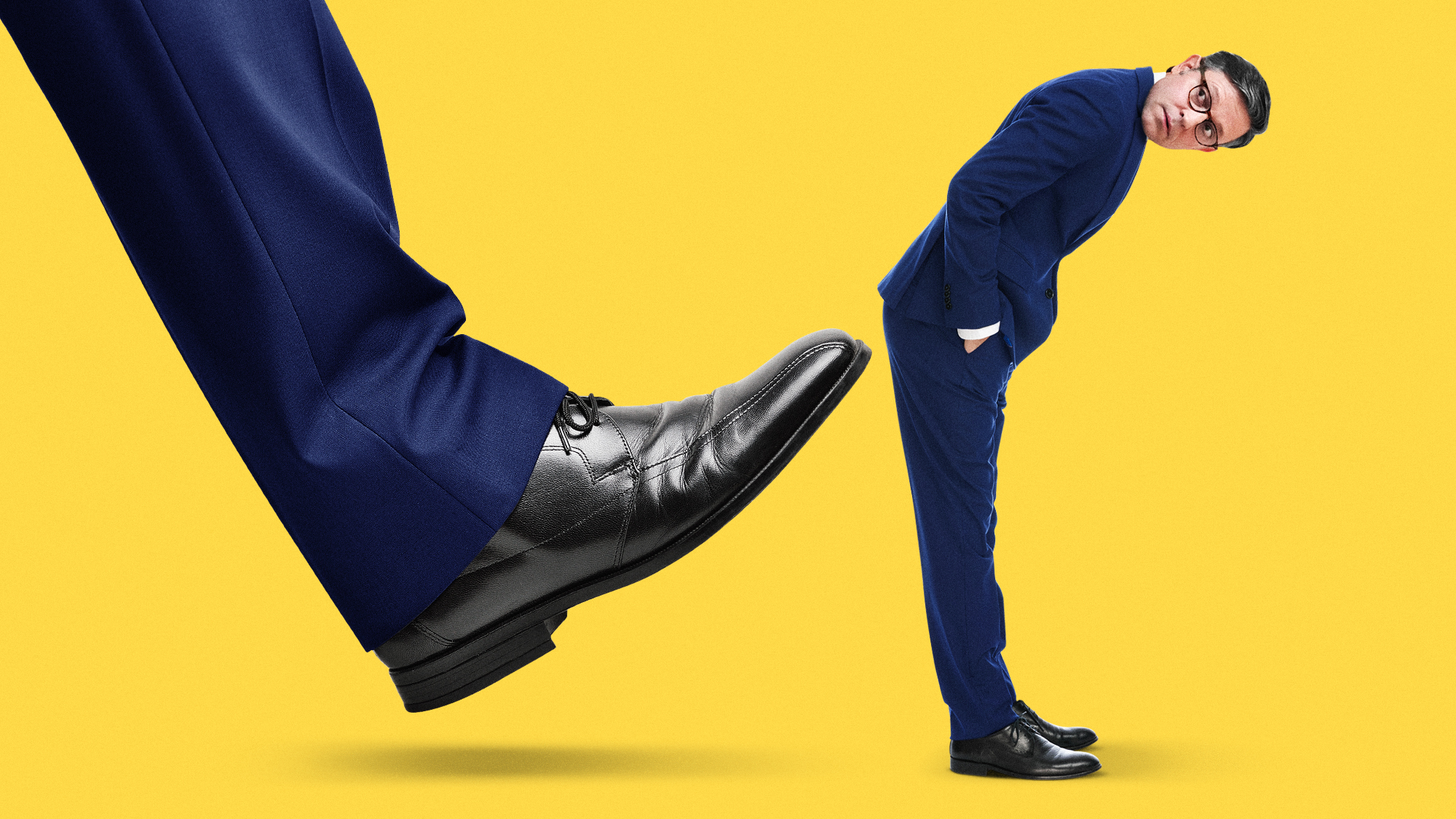Health & Science
Why hair goes gray; Getting a grip on fingerprints; Here’s to wine in a box; Look, sweetie, I’m falling; Not getting better and better
Why hair goes gray
Everyone knows that graying hair is a sign of aging, but scientists have never been sure why it happens. The cause, a new study says, is stress—though not the kind that might be keeping you awake
at night. Healthy hair gains its color from pigment-producing cells in the scalp called melanocytes, which are replenished by a waiting supply of stem cells. In theory, the supply of stem cells should allow people to retain hair color into old age. But these stem cells turn out to be acutely sensitive to “genotoxic” stress—environmental assaults that damage a cell’s DNA, such as ultraviolet radiation from sunlight, air pollution, and household chemicals. These stem cells, says Japanese researcher Emi Nishimura, “can encounter 100,000 DNA-damaging events per day.” In a study with mice, a research team from Harvard University and Japan found that stem cells in the scalp react to the DNA damage accumulated over decades by maturing before they’re needed. Without fresh stem cells left to form pigment cells, new strands of hair grow in colorless, or white. Researcher David Fisher tells ScienceNow.com that further research is needed to find out whether emotional stress also damages stem cells and contributes to graying.
The Week
Escape your echo chamber. Get the facts behind the news, plus analysis from multiple perspectives.

Sign up for The Week's Free Newsletters
From our morning news briefing to a weekly Good News Newsletter, get the best of The Week delivered directly to your inbox.
From our morning news briefing to a weekly Good News Newsletter, get the best of The Week delivered directly to your inbox.
Getting a grip on fingerprints
What’s the point of fingerprints? One long-held theory is that, like the treads on sneakers or tires, they improve our grip by increasing frictional contact with the surfaces we touch. In fact, the opposite is true, researchers now find. Roland Ennos, of the U.K.’s University of Manchester, measured the friction that resulted as he slid a piece of acrylic glass across the fingertip of a colleague. Yet even when he increased the pressure, thus placing more of the ridged fingerprint in contact with the glass, friction barely increased. The many minuscule valleys in our fingerprints actually combine to reduce the overall contact area, rendering our fingertips more slippery, at least on smooth surfaces, than if we had no fingerprints at all. “It’s always nice to knock down an urban myth with good data,” biomechanics expert Jon Barnes, who was not involved in the study, tells BBCnews.com. It’s possible, researchers said, that fingerprints might nonetheless provide other advantages, such as heightening the sensitivity of our finger pads.
Here’s to wine in a box
Boxed wine may not connote good taste, but that’s precisely what it offers wine connoisseurs: fewer of the flavor-dampening chemicals that vintners have struggled to eliminate from bottled wine. The chemicals, known as alkyl-methoxypyrazines, or MPs, give rise to “ladybug taint,” and are thought to come from either under-ripe grapes or the crushed bodies of ladybugs, the beetles that commonly plague vineyards. In a recent study, Gary Pickering of Brock University in Canada added three types of MPs to bottles and cartons of red and white wines. After 18 months, the amount of bad-tasting chemicals in the cartons was nearly 45 percent less than in the bottles. Pickering theorizes that the comparatively porous lining of cartons may allow the chemicals to escape. Even using screw tops on bottles leads to fewer MPs than natural cork does, Pickering found. On the downside, Pickering tells New Scientist, the carton linings admit more oxygen, which can destroy subtle flavors and odors. “I would not recommend aseptic cartons for quality wines intended to age.”
A free daily email with the biggest news stories of the day – and the best features from TheWeek.com
Look, sweetie, I’m falling
When it comes to love, a hummingbird falls hard and fast—so fast it is buffeted with more G-forces than a landing space shuttle. To impress females, males of the Anna’s hummingbird species dive toward the ground at 90 feet per second, or nearly 400 times their body length per second. Then they quickly pull up and bullet skyward, multiplying by 10 the gravitational pull of the earth—a G-force that would knock out human fighter pilots. If hummingbirds weren’t built so strong for their tiny size, Chris Clark, a biologist at the University of California at Berkeley, tells Science News, “their wings would just break off” during the maneuver. And it’s all driven by the mating game. When Clark sat female hummingbirds in a nearby cage, the males typically performed this showy stunt up to 15 times in a row. Yet they always oriented their dives so that the sun reflected brightly off their feathers, Clark says. “They look like a little magenta fireball dropping out of the sky.”
Not getting better and better
The power of positive thinking has a dark side, a new study has found. A host of self-help books and pop psychologists advise people to repeat positive statements to themselves, such as “I’m getting better and better” or “I’m good at this.” But when Canadian psychologist Joanne Wood asked study subjects to repeat the phrase “I’m a lovable person” while performing a menial task, she found a curious phenomenon. The mental affirmation did indeed improve the mood of people who started off with relatively high self-esteem. Subjects who did not think highly of themselves, on the other hand, felt worse—much worse. Wood concludes that people who think poorly of themselves find saying the opposite so unbelievable that it only reminds them of how they really feel. Positive affirmations, Wood tells Psychology Today, “may backfire for the very people who need them the most.”
-
 5 criminally underrated cartoons about Pete Hegseth’s war crime
5 criminally underrated cartoons about Pete Hegseth’s war crimeCartoon Artists take on USS Hegseth, rats leaving the sinking ship, and more
-
 Can Mike Johnson keep his job?
Can Mike Johnson keep his job?Today's Big Question GOP women come after the House leader
-
 A postapocalyptic trip to Sin City, a peek inside Taylor Swift’s “Eras” tour, and an explicit hockey romance in December TV
A postapocalyptic trip to Sin City, a peek inside Taylor Swift’s “Eras” tour, and an explicit hockey romance in December TVthe week recommends This month’s new television releases include ‘Fallout,’ ‘Taylor Swift: The End Of An Era’ and ‘Heated Rivalry’